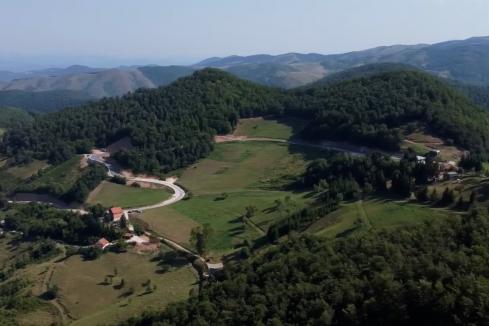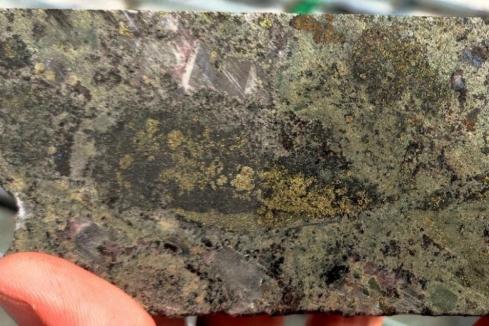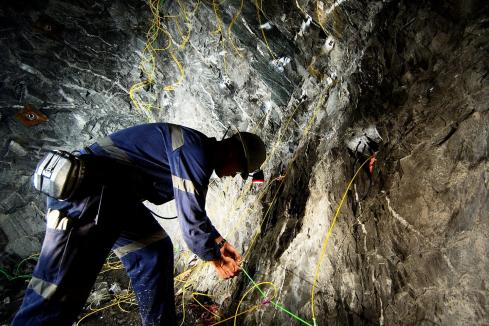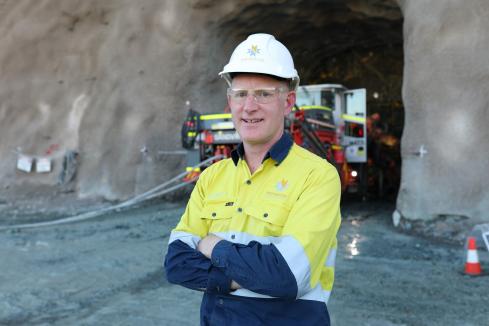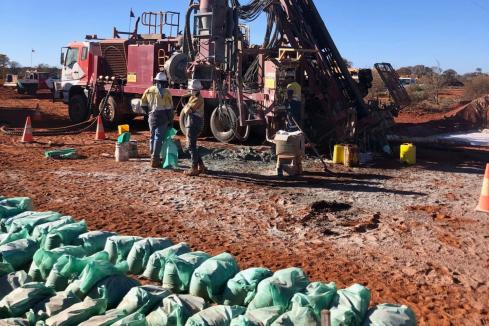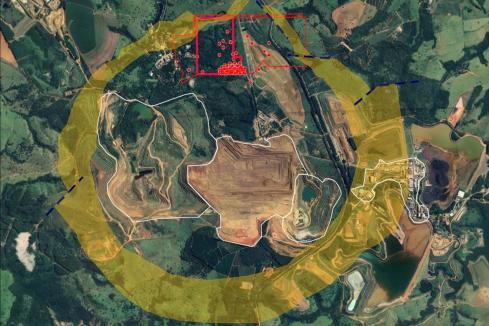Strickland Metals has emerged as one of the ASX’s runners of the year, jumping 400 per cent to an 11-year high of 20 cents on Thursday, on the back of more drilling at its Marwari gold prospect near Wiluna in WA. Led by entrepreneurial boss Andrew Bray, Stickland sits as the lone gold explorer among a sea of lithium hopefuls leading this year’s ASX charge.

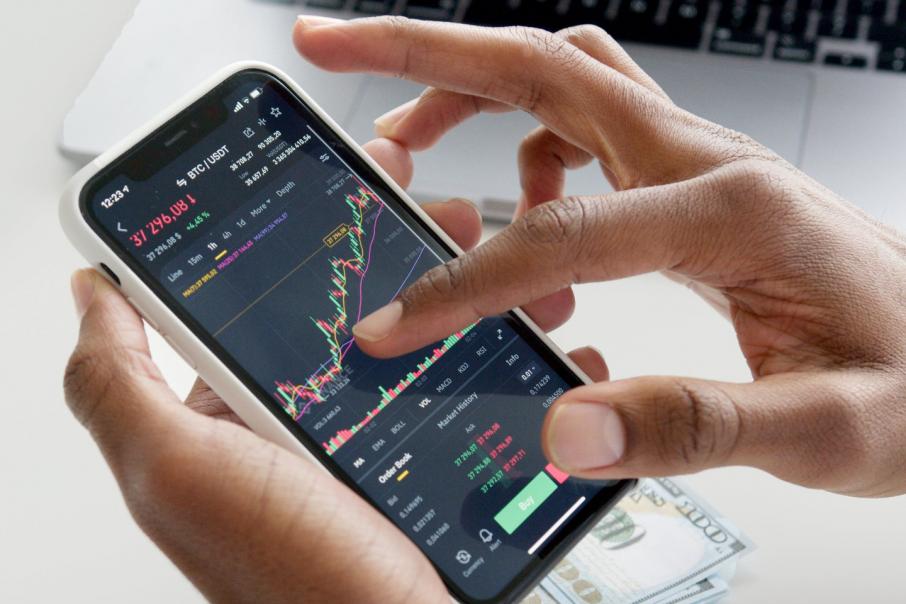
Strickland Metals has emerged as one of the ASX’s runners of the year, jumping 400 per cent to an 11-year high of 20 cents on Thursday, on the back of more drilling at its Marwari gold prospect near the Western Australian desert town of Wiluna.
Led by entrepreneurial boss Andrew Bray, Strickland sits as the lone gold explorer among a sea of lithium hopefuls leading this year’s ASX charge. Its new share price high is a far cry from the 4c it closed at on December 30 last year and its recent fortunes have featured some startling moments – not least of which was selling its Millrose project to neighbouring gold-mining giant Northern Star Resources for about $61 million in July.
Notably, the only other exploration stocks to have chalked up better returns this year are all underpinned by the white-hot market for lithium and associated battery metals. But Stickland’s rise proves that traditional gold plays – particularly at times of global uncertainty and conflict – are still capable of holding their own in the performance stakes in a market being dominated by the seemingly unsatiable demand for battery metal hopefuls and wannabes.
In fact, casting a quick glance across the names of the top-performing exploration stocks really does tell a story.
Azure Minerals stands tall alongside Wildcat Resources, with both lithium-chasing companies having pierced through the billion-dollar market cap after kicking off the year at under $50 million.
Raiden Resources jumped out of the starting gates this year trading at just half-a-cent, but this month hit a yearly high of 8c per share … again, gaining attention through its pursuit of lithium.
And what about the extraordinary performance of niobium explorer WA1 Resources, which was trading just above $1 in January before hitting an almost unbelievable peak of more than $11 just a fortnight ago.
Then there is also GreenTech Metals and more recently TG Metals, with both lithium companies clocking up returns in excess of 500 per cent.
It leaves Strickland – with Bray playing a rather untraditional role as skipper of a traditional gold play – as the obvious outlier in the crowd. After the Millrose sale, he refused to just let the cash settle in the bank and quickly orchestrated an exploration blitz at the company’s Yandal and Earaheedy operations.
But it was the not-so-subtle focus on Marwari – a new, high-grade gold target within Strickland’s Horse Well project in WA’s Yandal greenstone belt, about 85km north-east of Wiluna – that really kicked the company’s share price into action.
With the snap revelation that management was turning all of its reverse-circulation (RC) and diamond drilling rigs towards Marwari to begin a two-hole, 440m program, the market stood up and listened.
Punters had already been tuned into the company’s frequency after an initial diamond drillhole hole was extended for a further 111m to a depth of 291m. But management obviously liked what it saw from that initial intercept and all of a sudden, Marwari became its main course.
A further four diamond holes were drilled and Strickland said the visual observations from the drilling core warranted the positive information being disclosed to the market. An aggressive pattern drilling program is now also being planned with an RC rig.
Strickland’s share price has been on the move since it revealed a new gold discovery at Marwari in mid-September. It featured a sparkling 31m drill intersection grading 5.6 grams per tonne gold from 72m.
Following the public release of the drill hit, the company’s share price – having closed at 4.8c before entering a trading halt – finished at 5.2c on the first trading day after reopening for business. It was the highest closing price for the year and evidence that it was beginning to move back in the right direction.
A follow up result of 39m at 6.1g/t from 25m at the Strickland’s Palomino prospect and a further new discovery of 58m at 1.7g/t from 17m at its new Konik trend gave the shares further impetus and a new 12-month closing high of 7c was established on October 2.
It also meant that the punters who generally adhere to the popular method of trend-trading were sniffing new blood.
Strickland’s shares subsequently traded higher again to close at 11c on three separate days in late October, early November. Then, when the company sent out the November 3 missive for all hands to be on deck at Marwari, the stock immediately skyrocketed to an intraday high of 17.5c.
The price then consolidated at between 14.5c and 18c, before rattling up to yesterday’s 20c peak. And it appears the company will remain a focus for investors, with more than 7 million of its shares changing hands again today.
Any investor or trader who bought into Strickland since its game-changing Millrose sale to Northern Star has clearly done well – somewhere in the vicinity of a 300 per cent profit in just a couple of months. That puts bank interest in the shade, while Strickland has been having its time in the sun.
How the company’s share price performs from here will be heavily dependent on the upcoming results from the variety of its air-core (AC), RC and diamond drilling results that will filter in during the coming weeks and months. But shareholders will be hoping the trading chart continues the upward-trend party once the results are in.
Is your ASX-listed company doing something interesting? Contact: matt.birney@businessnews.com.au






